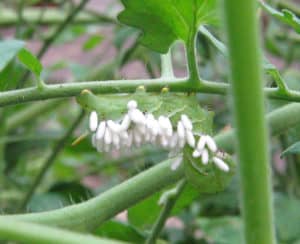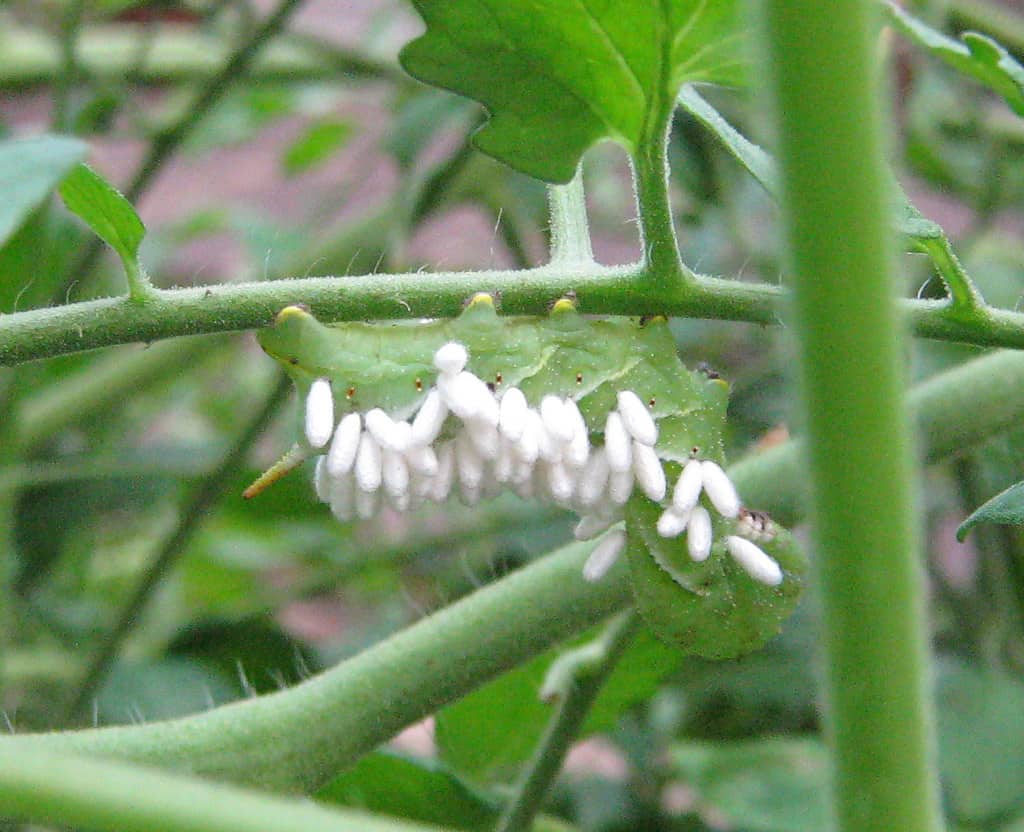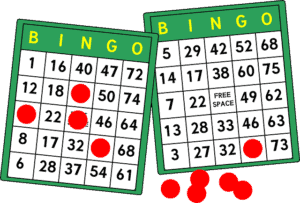 What’s eating you? Or, WHAT IN THE NAME OF ALL THAT’S WHOLESOME IS THAT FREAKY-LOOKING THING EATING MY CAREFULLY TENDED VEGETABLES?!
What’s eating you? Or, WHAT IN THE NAME OF ALL THAT’S WHOLESOME IS THAT FREAKY-LOOKING THING EATING MY CAREFULLY TENDED VEGETABLES?!
I’m sure every gardener has experienced this moment of blind panic, when you witness the garden you painstakingly planned, planted, and tended being devoured by pests with relentless appetites, otherworldly insects and unseen avian and mammalian foes. Growing your own food and lovely blooms is a very rewarding experience, but forging bravely into the world of backyard gardening with optimism and a shovel does not prepare you for the onslaught of pests. New England might look idyllic, but in reality nearly every living thing is trying to outsmart your defenses and eat your garden. To coin a phrase, dear readers, I never thought it could happen to me…
The upshot of living under a stay-at-home order this spring is that with flexible work hours and no commute, I was able to build a raised-bed garden using found materials and my secret weapon, barnyard soil mixed with loam from the leaf litter on the wooded piece at the back of my property. Seriously, if you’re not fertilizing your garden with barnyard soil, stop what you’re doing and get thee to a local farm. Sometimes marketed as “aged cow manure,” barnyard soil is manure mixed with the dirt of the barnyard, and left outdoors long enough to no longer smell. The end result is extremely rich soil. Barnyard soil can usually be found quite cheaply as well, only $5 per bag in my neck of the woods. How big is a bag? Big enough so that you’ll feel it after you hoist a few over the tailgate, so it’s a good value. To learn more about cultivating good soil, check out our library’s copy of Improving Your Soil by Keith Reid, or the beautiful film Symphony of the Soil.
I built my garden with about a 5-foot fence, which discourages bunnies, deer, and turkeys from nibbling. The weave of the fence is small enough that food can be had elsewhere by chipmunks much more easily than in my garden, plus I cut the sod and set the boards of my raised bed a few inches into the ground to discourage burrowing. I haven’t seen birds as pests in my area. So far so good.
I planted potatoes and tomatoes, cucumbers and eggplant, several varieties of kale, lettuce and Swiss chard, and beans. Yes, if you’re following along you’ll have realized that I did overload my allotted garden space, but I see that as having learned lessons that will help my garden next year. In a different part of the yard I planted raspberries, blueberries, squash, and rhubarb. These I planted all without fencing and learned the hard way that rabbits love raspberries. In fact they especially love raspberries that are just a day shy of ripening. Again, lesson learned for next year.
Then one day, this proud new gardener noticed some damage to her cruciferous greens. The regular kale and baby kale especially were displaying holey leaves. A quick investigation found the culprits: slugs. Despite the histrionic opening to this article, I actually have a soft spot for slugs and snails – go figure. So although I found several slug remedies online, they almost all, even the homemade and organic solutions, involved apparently painful and brutish death for the gastropods. Instead, I plucked them by hand and relocated the slugs to the wooded patch 100 feet away – remember the leaf litter?
As we progressed into the hot days of summer, the slugs stayed away from the sunny garden. All was well. Then, on the other side of the yard, disaster struck my rhubarb. The rhubarb, whose leaves are poisonous to almost all pests and which can be used to create your own organic pesticide, was being slowly denuded by some unseen creature, leaving only the veins and stalks. If this had been only one or two leaves it wouldn’t be cause for concern as the stalks are the only edible part of the plant for humans, but the entire patch was being destroyed and the plant was struggling to regenerate. Since the rhubarb was newly planted perhaps its natural defenses hadn’t fully established, and therefore there were fewer toxins in the leaves than there should be.
At first I thought Japanese beetles might be to blame since I’d seen them around the property, so I got down in the dirt to find evidence of the scoundrels. Instead I found traces of white fluffy stuff on the backs of the leaves. Hmm. Woolly aphids? Then I noticed slightly bigger pieces of white fluff being carried around by something beetle-like, and definitely not an aphid. Then, I saw a bright green something that looked like a leaf but definitely wasn’t a leaf, with beady red eyes. Aha! Now to put a name to the beast.
I found a great website for visually identifying insects, which you can limit down to bugs you’re likely to find in your state: www.insectidentification.org. My rhubarb was being devoured by not one but two species of planthopper, the “lanternfly” planthopper (acanalonia conica) and the flatid planthopper (flatormenus spp.), and was hosting the entire lifecycle of the insect on the backs of its swiftly diminishing leaves. Luckily these pests are easily controlled with homemade soap spray, so hopefully I’ll be able to save the plant for next year. The spray has also been helpful against the occasional beetles on my potatoes and tomatoes.
Just as soon as I’d caught my breath after the planthopper battle, I spotted a terrifying and truly vile apparition clinging to a tomato stalk. A giant green caterpillar several inches long, completely covered a la porcupine-style with little white protrusions. Clearly, this was a garden destroyer carrying its eggs on its back and soon to infest my lovingly grown vegetable patch. My instinct was to reign down death upon this interloper, so I donned heavy gloves, pried it from the plant, and dispatched it thoroughly. Victory!
Well, not so fast. After I had a chance to think rationally I went back to the internet to try to identify this new invertebrate horror. The caterpillar was a tomato hornworm, which is one of the most destructive pests around. These chompers can quickly and completely denude a plant, bore holes in the fruit, and typically can only be controlled by visual inspection and manual removal by the gardener. Worse, they’re not picky eaters and will chow down on potatoes, eggplants, and other nightshades. Since more than half of my garden is nightshade plants, this was bad news.
However, while those little white protrusions were eggs, they were actually the larvae of the braconid wasp, a natural parasite of the tomato hornworm. The larvae will hatch and eat the tomato hornworm, killing it, and then once mature will seek out other tomato hornworms to parasitize and thereby protect your garden. So, on the one hand, finding the braconid wasps on the tomato hornworm was a sign of an ecologically stable and healthy garden – go me. But the only time you should leave a tomato hornworm in your garden is when it’s playing host to braconid wasp larvae – bad gardener. Another lesson learned!
The Morrill Memorial Library has a well-stocked gardening section which you can now browse at your leisure on the Mezzanine level in the 635 section during our open hours. From gardening inspiration to practical how-to guides to natural pest control to recipes for how to use your produce, there’s something for everyone. However, if this ongoing battle against pests all sounds like too much drama, you can skip the gardening gloves and take advantage of our self-service Herb Garden at the back of the library. Bring your own snips and baggies, and enjoy a fresh caprese salad tonight!
Liz Reed is the Adult Services Librarian at the Morrill Memorial Library in Norwood, MA. Look for her article in the August 13, 2020 issue of the Transcript and Bulletin.




